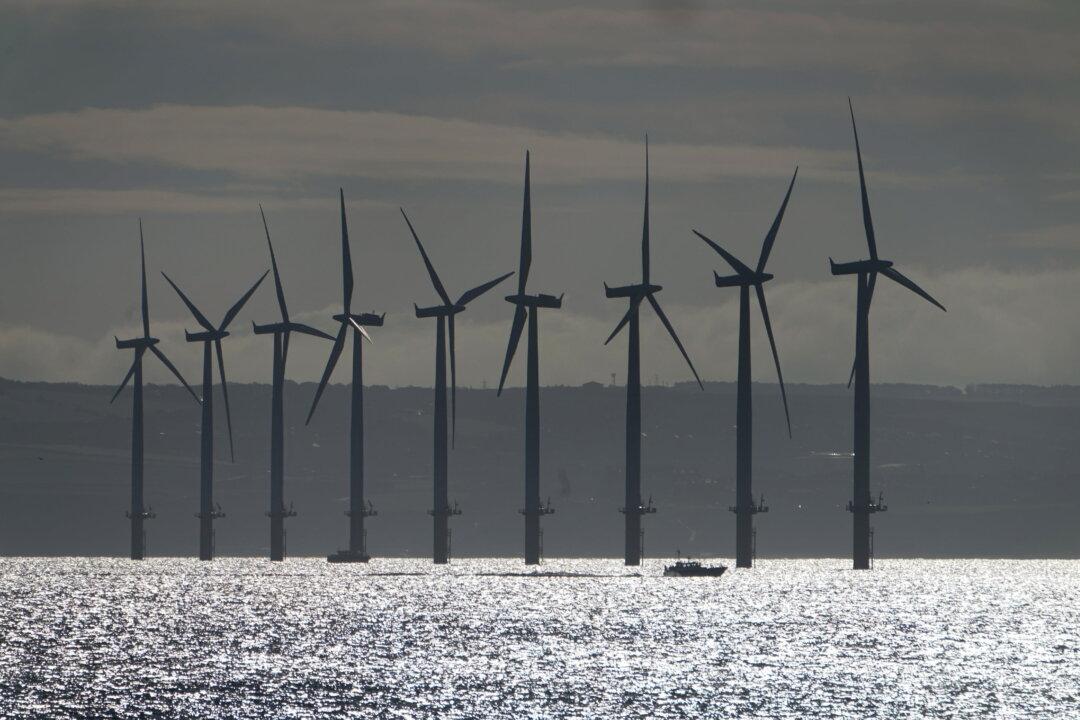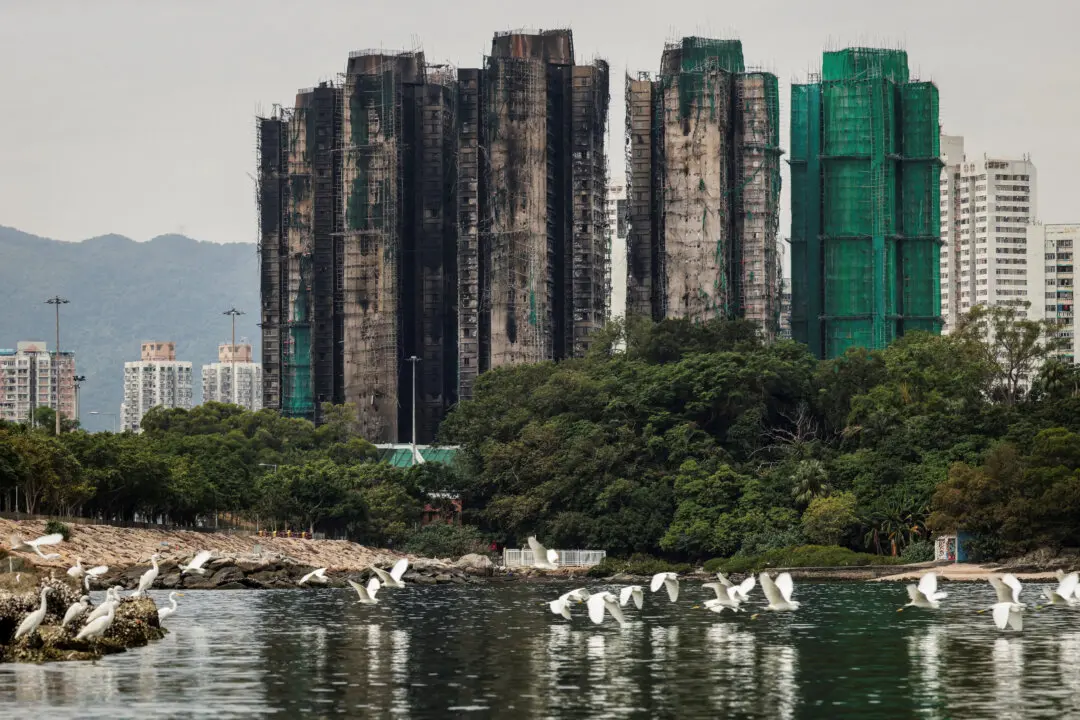Offshore wind farms are under threat because a government subsidy is not catching up with rising costs, according to a report.
The analysis (pdf) by climate think tank Energy and Climate Intelligence Unit (ECIU) said the government’s spending cap on a low-carbon energy auction scheme may kill off new offshore wind projects, meaning Britons will have to use “more expensive” gas-generated power.





